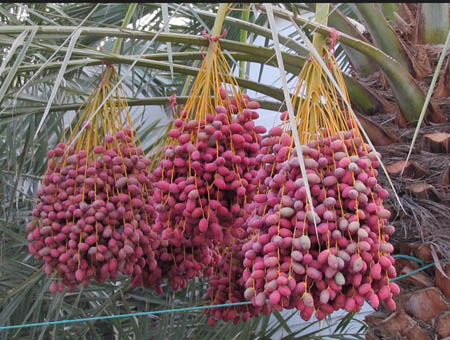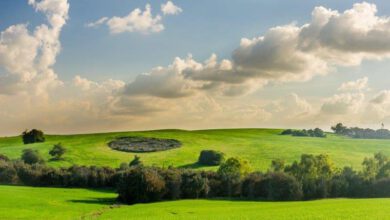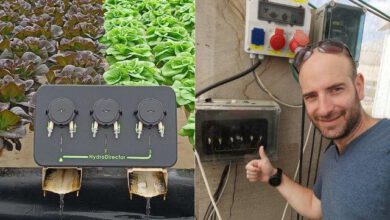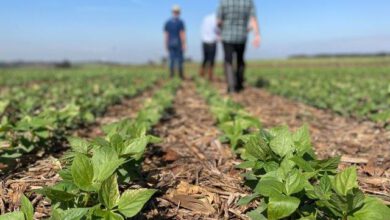Californian Date Groves Enjoy Israeli Technology
Israeli Latest Techniques on Growing Dates brought to Californian Groves

Moshe Kirat, an Israeli expert on growing dates with many years of experience was sent by Israel’s Hadiklaim Date Growers’ Cooperative to the La Quinta Date Farm in the heart of California’s Coachella Valley to revolutionize fruit production there. He came about a year ago to this private farm owned by farmer David Kohl and his family, in the town of Thermal in Southern California..
Kirat soon found that the time had come to introduce many of the advanced technologies employed in Israel on this farm of nearly 600-hectare (1,483 acre) that still largely relied on obsolete farming methods like many date groves in the United States
After reviewing the situation in Californian date farms and comparing them with what he had seen and experienced in Israel Moshe Kirat quickly realized that even allowing for the different market conditions and the more diverse varieties grown in California, fundamental changes were needed in several principal areas:
– irrigation methods
– harvesting techniques
– horticultural practices.
Irrigation: the La Quinta Date Farm’s irrigation methods were very primitive and expensive as only about 3-4 percent of the area was covered with drip irrigation, with the rest relying on flood or surface irrigation. The significant differences in water prices in the two regions might explain this approach.
Since Kirat’s arrival in La Quinta he has taken the first logical first step by introducing drip irrigation in almost all the groves, and is also in the process of computerizing the system for remote access. Thus far, integrating the infrastructure has cut water usage by 43% at the date farm.
Harvesting techniques: Here the changes focused on bringing in six cranes with hydraulic platforms for more efficient and cost effective date harvesting. Kirat had noted that employees gathered dates while standing on a U-shaped platform that left one side of the tree completely open and untouched.
In the new hydraulic platform, which features a closed-door compartment for safety, the workers are able to walk around the tree and boost their productivity by 20%.
In these two areas alone Kirat estimated that the implementation of his techniques at La Quinta, has saved the farm nearly 60$ per tree. With approximately 40,000 trees, this amounts to about 2.4 million dollars in savings. The expected increase in the fruit yields should improve the farm’s economy even further.
Horticultural practices: Here a longer term strategy is required and Kirat expects to remain as an adviser at the farm for two or three years more, because he realizes: “I need to teach people all the techniques, from shoots to mature trees,”
An essential part of the date tree cultivation is shoot thinning and Kirat plans to make a dramatic improvement in the methods employed by the workers at the date farm. Replacing the knives used by the farm’s employees with a hydraulic knife for the back of a tractor Kirat should increase their daily output from a mere four or five shoots to 200 shoots.
“All of these things take years to teach people,” Kirat concluded. “It will take time, but these techniques are good for more than just dates.’




